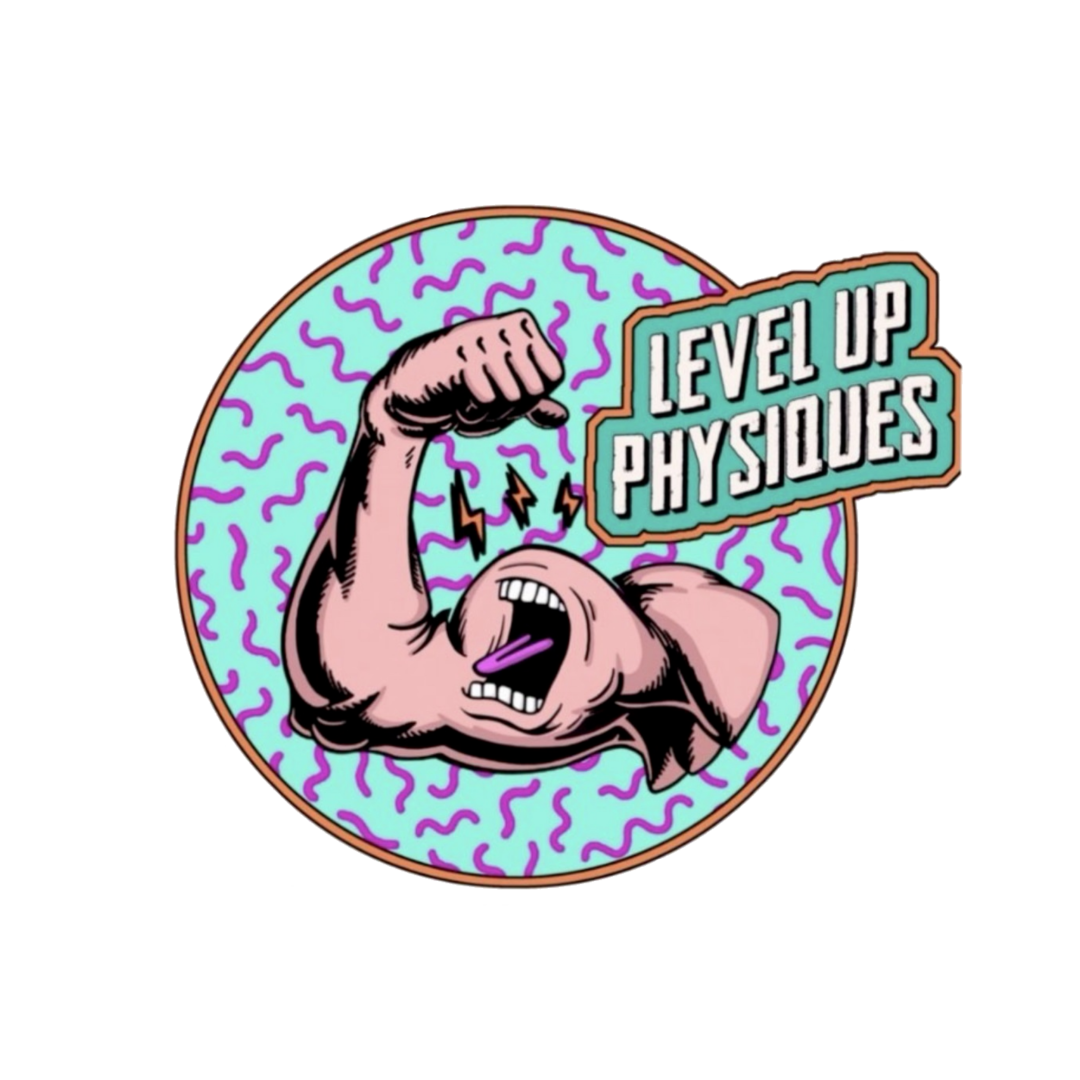Cardio Confessions: Unraveling the Myths and Mastering Your Conditioning
When it comes to bodybuilding, cardio often gets a bad rap. Many lifters fear that incorporating cardiovascular exercise will lead to muscle loss or impede their gains. But the truth is, cardio can be a powerful tool in your fitness arsenal when used strategically. In this blog, we’ll debunk common misconceptions, explore the three primary forms of cardio, and help you understand how to integrate them into your training for optimal results.
Common Misconceptions About Cardio
Cardio Causes Muscle Loss: Many believe that performing cardio, especially when in a calorie deficit, will lead to muscle depletion. While excessive cardio combined with inadequate protein intake can hinder muscle growth, moderate cardio actually supports muscle preservation by promoting recovery and improving cardiovascular health.
Cardio Is Only for Weight Loss: Cardio is often seen as a necessary evil for fat loss. However, it’s not just for cutting. Properly timed and structured cardio can enhance performance, endurance, and recovery, regardless of your body composition goals.
High-Intensity Cardio Is Always Best: While HIIT (High-Intensity Interval Training) is popular, it’s not the only effective form of cardio. Different types of cardio serve various purposes, and the best option depends on individual goals and preferences.
The Three Forms of Cardio
Cardio can be broadly categorized into three types: steady-state cardio, interval training, and NEAT (Non-Exercise Activity Thermogenesis). Let’s dive into each form, exploring when they’re appropriate, their pros, and their cons.
1. Steady-State Cardio
Description: Steady-state cardio involves maintaining a consistent, moderate intensity for an extended period (e.g., jogging, cycling, or swimming).
When to Use:
During a fat-loss phase to burn calories.
For active recovery on rest days.
Pros:
Low Impact on Muscles: Less taxing on the muscles compared to high-intensity options, making it easier to recover.
Fat Utilization: Encourages the body to use fat as a primary energy source, which can be beneficial for fat loss.
Improves Endurance: Enhances cardiovascular endurance, beneficial for overall performance.
Cons:
Time-Consuming: Often requires longer sessions to see significant calorie burn.
Potential for Boredom: The repetitive nature may not be enjoyable for everyone.
2. High-Intensity Interval Training (HIIT)
Description: HIIT alternates short bursts of intense activity with periods of rest or lower-intensity exercise (e.g., sprinting followed by walking).
When to Use:
When time is limited but you still want to maximize calorie burn.
For boosting metabolism and improving aerobic capacity.
Pros:
Efficient Calorie Burn: Burns more calories in a shorter amount of time compared to steady-state cardio.
Increased EPOC: Post-exercise oxygen consumption is elevated, leading to increased calorie burn post-workout.
Muscle Preservation: Can help maintain muscle mass, especially when combined with resistance training.
Cons:
Higher Risk of Injury: The intense nature can increase the risk of injury if proper form isn’t maintained.
Fatigue: Can be taxing on the body, making recovery more crucial.
3. NEAT (Non-Exercise Activity Thermogenesis)
Description: NEAT encompasses all the physical activities we do throughout the day that aren’t structured exercise, such as walking, fidgeting, or doing household chores.
When to Use:
To increase overall calorie expenditure without formal workouts.
To enhance energy levels and promote daily activity.
Pros:
Increased Calorie Burn: Small, consistent movements throughout the day can add up, helping with weight management.
Promotes Health: Encourages a more active lifestyle, which can have long-term health benefits.
Easier to Incorporate: Can be integrated seamlessly into daily life without the need for a gym.
Cons:
Variable Impact: The effectiveness of NEAT can vary widely among individuals based on lifestyle and habits.
Less Intense: May not provide the same cardiovascular benefits as structured cardio workouts.
Finding Your Cardio Sweet Spot
Understanding the pros and cons of each cardio type allows you to tailor your approach to your individual goals. Here are some strategies for incorporating cardio into your routine:
For Fat Loss: Consider a combination of steady-state cardio and HIIT, ensuring you’re also maintaining an appropriate calorie deficit.
For Endurance: Steady-state cardio should be a staple in your training, gradually increasing duration as you build your aerobic capacity.
For Daily Activity: Increase your NEAT by incorporating more movement into your day—take the stairs, walk during breaks, or stand while working.
Final Thoughts: Embrace Cardio as a Tool
Don’t let misconceptions about cardio hold you back from reaching your bodybuilding potential. When integrated wisely, cardio can complement your strength training and enhance your overall performance, health, and physique.
Practical Tips:
Start Slow: If you’re new to cardio, begin with moderate steady-state sessions and gradually introduce HIIT.
Listen to Your Body: Monitor how your body responds to different types of cardio and adjust accordingly.
Incorporate NEAT: Look for opportunities to move more throughout the day, boosting your overall activity level.
Ready to optimize your training and achieve your fitness goals? Check out our Results Page to see how personalized coaching can transform your journey!

